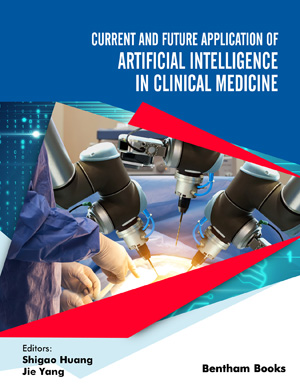Abstract
Background: Distinguishing exophytic renal urothelial carcinoma (ERUC) from exophytic renal clear-cell carcinoma (ERCCC) with collecting system invasion may be difficult as they involve similar locations and collecting system invasion.
Objective: The study aimed to characterize the clinical data and computed tomography (CT) features that can aid in differentiating ERUC from ERCCC.
Methods: Data from 17 patients with ERUC and 222 patients with ERCCC were retrospectively assessed. CT and clinical features exhibiting significant differences in t-tests/Mann-Whitney U-test and chi-square tests/Fisher’s exact tests were analyzed using receiver operating characteristic (ROC) curves. Variables with an area under the curve (AUC) <0.7 were excluded. Univariate logistic regression analysis was used to analyze the associations of CT and clinical features with ERUC or ERCCC. Variables with odds ratio (OR) values being close to 1 in univariate logistic regression were excluded from multivariate logistic regression. A predictive model was then constructed based on the predictors (p<0 in multivariate logistic regression). Differential diagnostic performance was assessed with AUC values.
Results: Multivariate logistic regression analysis identified preserving reniform contour (OR: 45.27, 95% confidence interval [CI]: 4.982–411.39) and infiltrative growth pattern (OR: 21.741, 95% CI: 1.898–249.049) as independent predictors that can be used to distinguish ERUC from ERCCC. AUC values for preserving reniform contour, infiltrative growth pattern, and Model-1 were 0.907 (95% CI: 0.817-0.998), 0.837 (95% CI: 0.729-0.946), and 0.947 (95% CI: 0.874–1), respectively.
Conclusion: The independent predictors and predictive model may play an important role in preoperative differentiation between ERUC and ERCCC.
Keywords: Exophytic, urothelial carcinoma, renal clear-cell carcinoma, collecting system invasion, computed tomography, differential diagnosis, independent predictor, predictive model.
[http://dx.doi.org/10.1016/j.eururo.2018.08.036] [PMID: 30243799]
[http://dx.doi.org/10.5858/2010-0478-RAR.1] [PMID: 21204715]
[http://dx.doi.org/10.1148/radiographics.20.1.g00ja08215] [PMID: 10682782]
[http://dx.doi.org/10.2214/AJR.11.7376] [PMID: 22451550]
[http://dx.doi.org/10.1177/0284185113510493] [PMID: 24243889]
[http://dx.doi.org/10.1016/j.eururo.2020.05.042] [PMID: 32593530]
[http://dx.doi.org/10.2214/AJR.13.10785] [PMID: 24261389]
[http://dx.doi.org/10.1016/j.juro.2009.05.017] [PMID: 19616244]
[http://dx.doi.org/10.1016/j.eururo.2004.07.006] [PMID: 15363563]
[http://dx.doi.org/10.1007/s00261-020-02859-y] [PMID: 33226457]
[http://dx.doi.org/10.1148/rg.306105501] [PMID: 21071375]
[http://dx.doi.org/10.1007/s00261-020-02644-x] [PMID: 32809055]
[PMID: 33851669]
[http://dx.doi.org/10.1148/radiology.217.3.r00dc39665] [PMID: 11110926]
[http://dx.doi.org/10.1148/radiol.2472061846] [PMID: 18310461]
[http://dx.doi.org/10.2214/AJR.11.7747] [PMID: 22826400]
[http://dx.doi.org/10.1177/003591576505800503] [PMID: 14283879]
[http://dx.doi.org/10.3390/nu11061436]
[http://dx.doi.org/10.1126/science.3287615] [PMID: 3287615]
[http://dx.doi.org/10.1016/j.shpsc.2004.09.003]
[http://dx.doi.org/10.1259/bjr.20151068] [PMID: 27146066]
[http://dx.doi.org/10.3892/ol.2018.8867] [PMID: 30008883]
[http://dx.doi.org/10.1111/j.1442-2042.2009.02353.x] [PMID: 19659680]
[http://dx.doi.org/10.1016/S0022-5347(05)64991-9] [PMID: 11992044]
[http://dx.doi.org/10.1007/s00345-010-0594-7] [PMID: 20886219]
[PMID: 23154606]
[http://dx.doi.org/10.1038/nrurol.2012.32] [PMID: 22410682]
[http://dx.doi.org/10.1016/j.juro.2010.12.035] [PMID: 21419429]
[http://dx.doi.org/10.1089/end.2017.0260] [PMID: 28537438]














